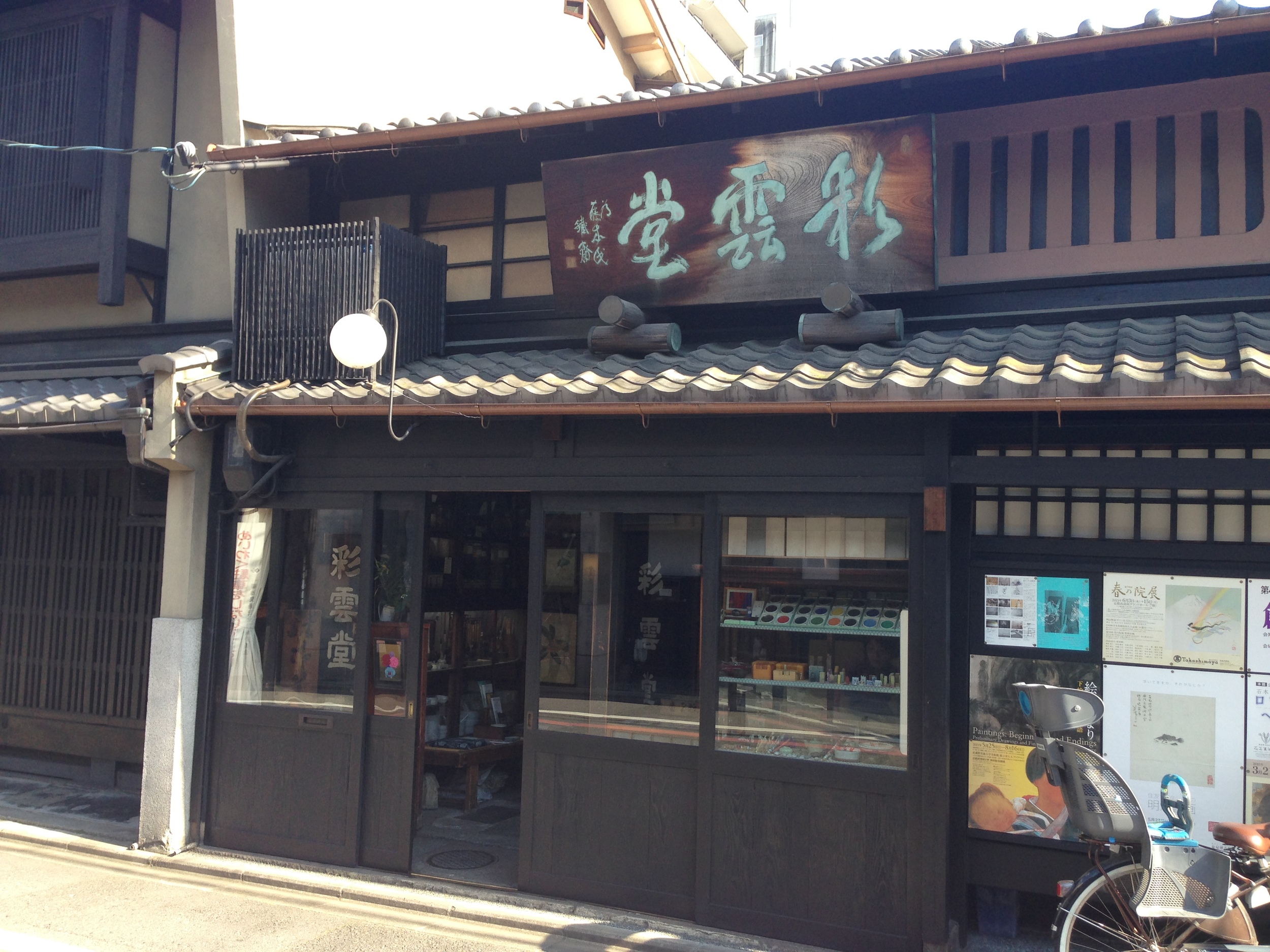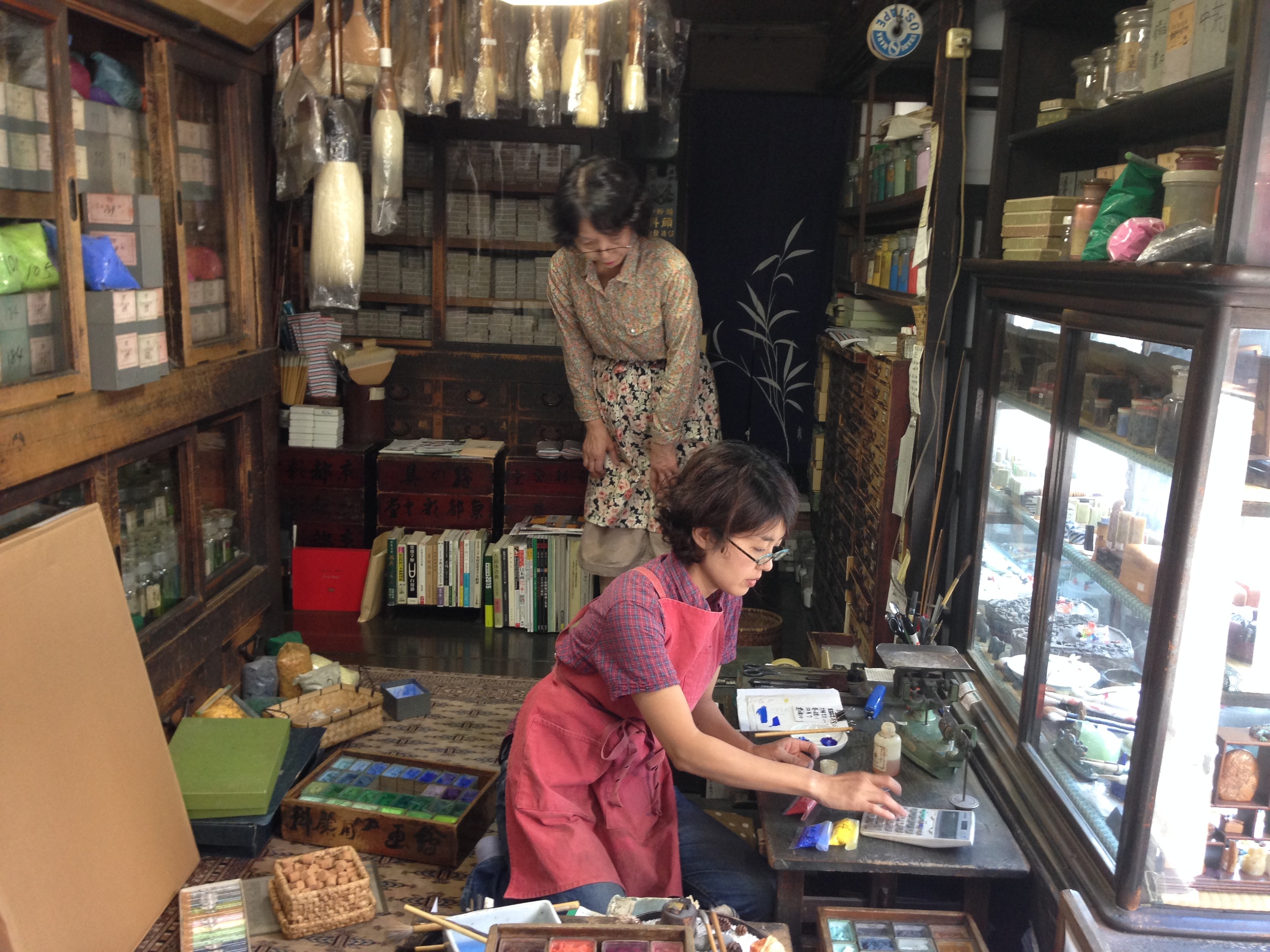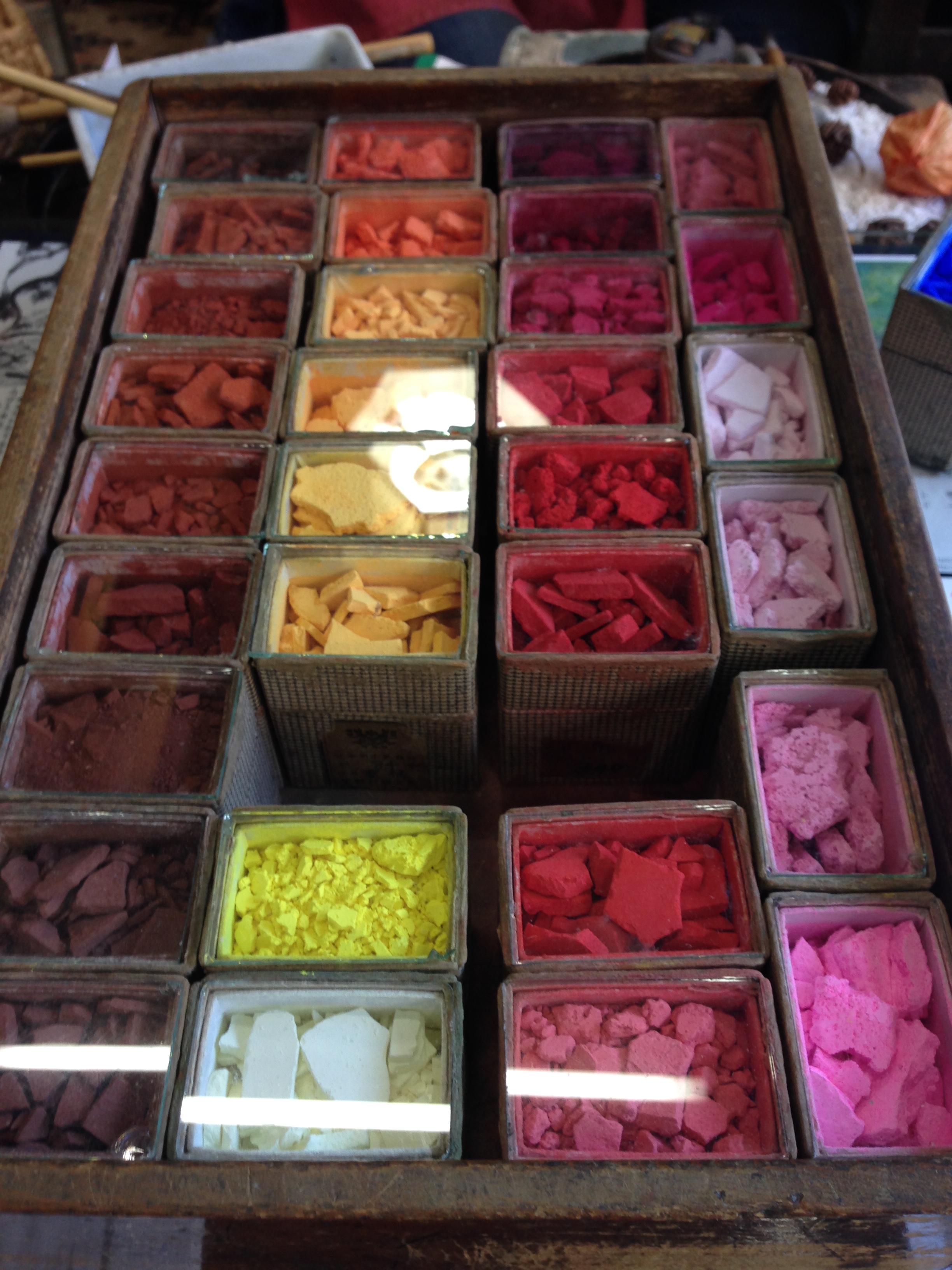Last week I wrote about my first time making a hakobi, a brush made from bamboo sheath used to carry pigment to the block, so in keeping with the theme of traditional techniques in woodblock printmaking, this time I'll be talking about pigment (ganryo). Again, I'm following instructions written by David Bull, a well known printmaker in Tokyo (to whom I am truly grateful for sharing his knowledge in detail with the world).
First thing I did was hit a very old painter's supply store, the inside of which looked completely unchanged in over 100 years. I randomly picked 5 or so colors I liked and asked for 15 grams of each. Then I went back on a different day and got the main set of pigments discussed in David Bull's instructions which are:
- gunjo (prussian blue)
- hon yoko (a type of carmine)
- shin seki ei (a basic yellow)
- shu (vermillion)
- ai-iro (indigo)
Note: I thought I could just ask the shopkeeper for each color by name, but actually there are many shades and varieties of gunjo, shu, ai-iro, and so on. In the case of ai-iro there were three shades: dark, medium, and light. I went with the medium, assuming that would be the "standard" ai-iro.
The price of pigments varies by color, some were ¥200, some were ¥400 (for 15g). The next step was to grind the pigment into a powder, because as you can see it's all clumpy. Once I had ground the pigment into a fairly fine powder, I started slowly incorporating a 50/50 mixture of alcohol and water until it turned into a paste with about the same consistency as toothpaste.

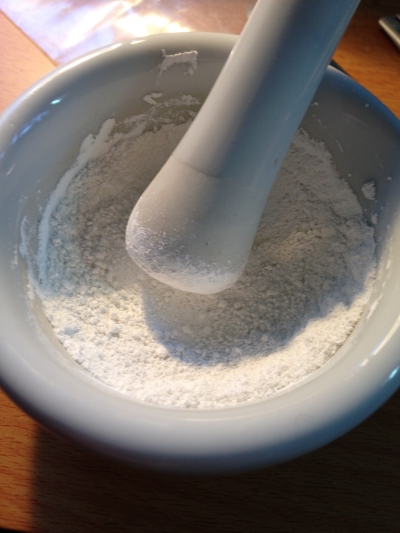
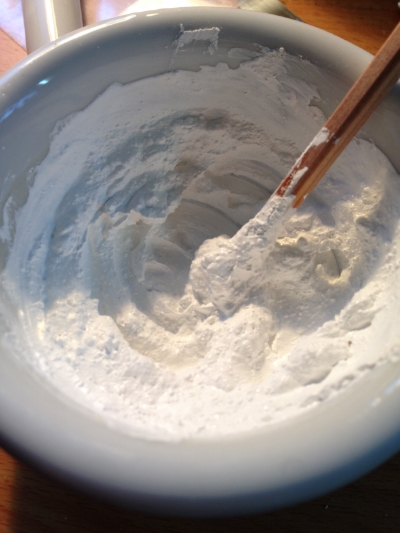

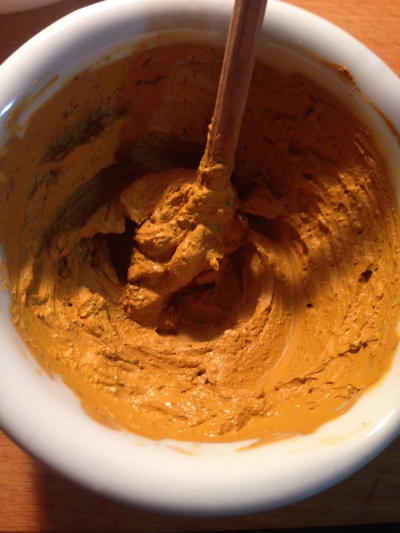
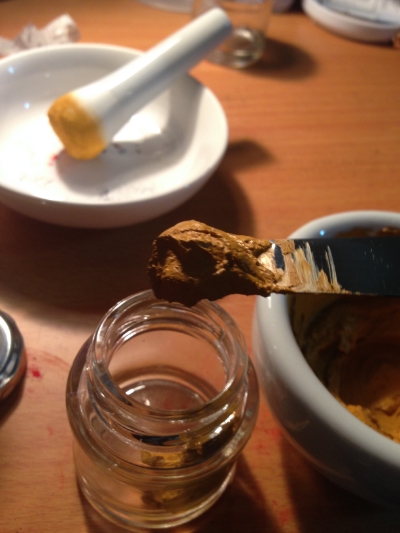
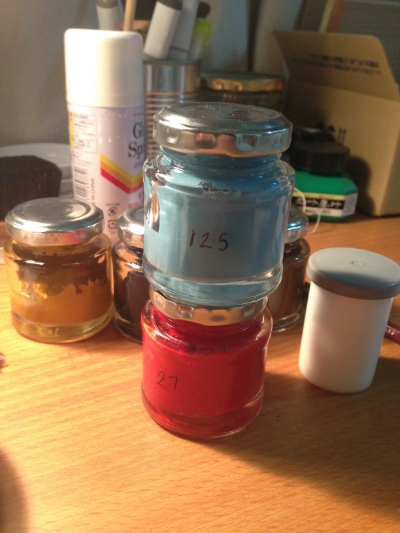
For containers I used some little jars I found at a ¥100 store. Empty film containers work too. The hardest part about all this is actually cleaning the mortar in between colors, then cleaning the sink because all those pigments made it a vomity shade of grey-brown.
In the next week hopefully I'll have a chance to take a few prints using these inks and see how they compare to out-of-the-tube watercolor or gouache.
